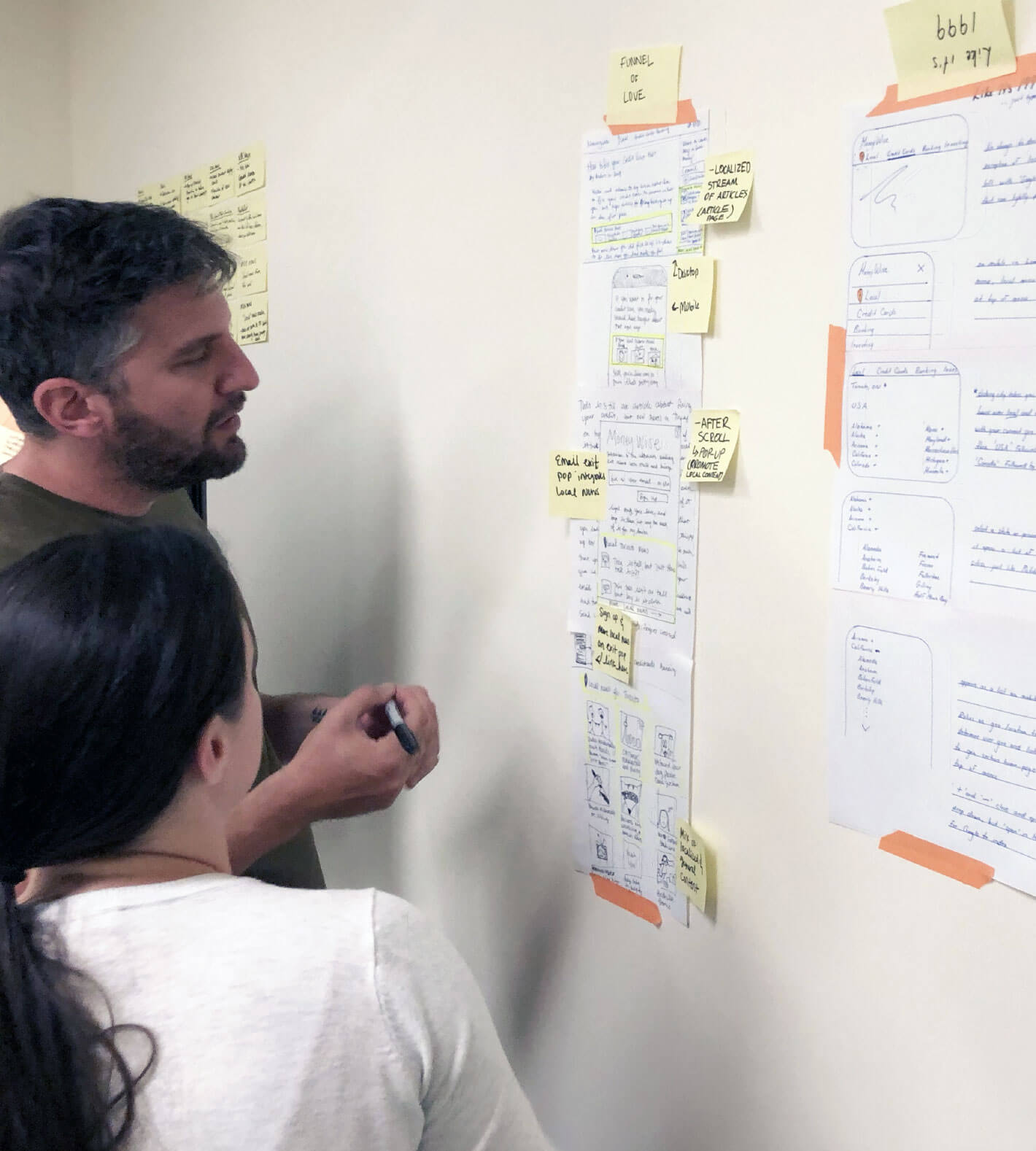Reach us at
solutions@junctiondesign.com
What is an MVP?
Yes, a minimum viable product but how polished does it need to be? Does it have to be fully developed with real data? Can it be just a mock up? What do investors want to see?

Well, let’s first start by giving MVP (Minimum Viable Product) a clear definition;
Eric Ries, the author who coined the acronym in this infamous book “Lean Startup” defined an MVP as a “version of a new product which allows a team to collect the maximum amount of validated learning about customers with the least effort.”
So by definition the smallest increment or effort the team needs to produce in order to validate a high impact, high-risk hypothesis that the team has rapidly.
For an early startup who are running purely on bootstrapped resources, assumptions, complimentary benchmark data from the internet and educated guesses towards solving a big problem with a big idea could mean early validation of the need itself? Is this a real pain, is there a big enough market, will a achieve PMF (Product market fit), is my AHA moment (that real indispensable value you bring to your user’s life) as strong as I believe it to be.
So before even going for a seed round VC investment (or crowdsourcing channels), we have seen many successful visionaries, create clickable prototypes of their solution after a rapid design sprint in a matter of weeks, run ads on free or low pricepoint channels where their assumed market was, put up a one-page website with an engaging narrative of their value proposition, clear incentives and benefits for providing their email information. Generate pre-signups or pre-orders and record key data like how many of them shared the website link with their friends. This alone was their minimum experiment to validate as much as possible before committing any further. Often the results collected led to higher evaluations, interest by investors.
For an established product or service pivoting or expanding its key features in the pursuit of growth, based on meaningful large enough data sets, customer-facing team and real user feedback, we created successful MVPs by prioritizing the user stories that make up the core of the value proposed and nothing more.
So in short, an MVP needs to be the right incremental output providing a clear indicator that you are building the right product for right people, the right way, we believe the decision needs to be made based on:
- What am I looking to validate? Is the MVP meant to test product-market fit or validation of a key innovation in terms of feasibility & usability?
- What kind of a product or software are you building? You can often mechanical Turk demos and videos for many wearable and IoT MVPs as long as the core competency can be displayed truthfully and you are only supplementing the parts that would take time and cost to develop and scale where for a phone app all you might need is a mobile Invision prototype or a front-end only app with preloaded content and no API / data connections to validate its promise.
- How high is the impact and probability of getting wrong? If confidence is low and risks are high, it’s better to take another week and test a more polished version of the same increment.
- What are the resources realistically available to you? The whole point is not to break the bank while creating as much key validation as possible.
Well, I hope this was helpful, please feel free to reach out to us at solutions@junctiondesign.com with any questions or comments, we would love to hear from you.
Cheers for now.


